Home>Furniture & Design>Living Room Furniture>How To Close Recliner Chair
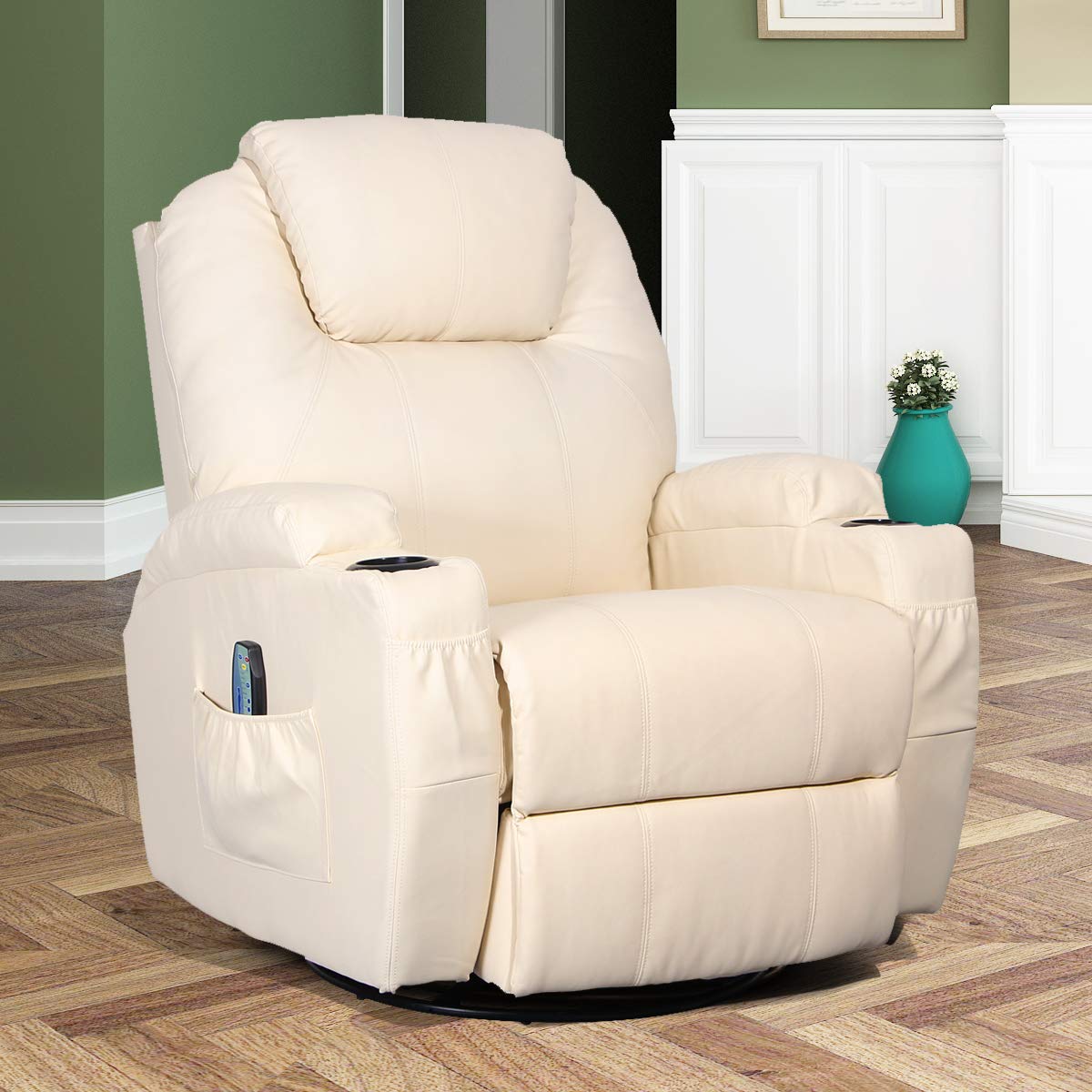

Living Room Furniture
How To Close Recliner Chair
Published: December 20, 2023
Learn how to properly close your recliner chair for a clutter-free living room. Discover the best techniques and tips for maintaining your living room furniture and design.
(Many of the links in this article redirect to a specific reviewed product. Your purchase of these products through affiliate links helps to generate commission for Storables.com, at no extra cost. Learn more)
Introduction
Welcome to the world of relaxation and comfort! Recliner chairs are a beloved piece of furniture in many households, offering a cozy sanctuary for unwinding after a long day. These marvels of modern design provide the perfect spot for reading, watching TV, or simply kicking back and enjoying some well-deserved leisure time.
However, once the blissful moments of repose have passed, there comes a time to bid adieu to the reclined position and return the chair to its upright state. While this may seem like a straightforward task, there are specific steps to follow to ensure a smooth and seamless transition. In this guide, we'll delve into the art of closing a recliner chair, providing you with a comprehensive walkthrough on how to do so with ease.
Whether you're a seasoned recliner aficionado or a newcomer to the world of relaxation furniture, this guide will equip you with the knowledge and techniques needed to effortlessly close a recliner chair. So, without further ado, let's embark on this journey to mastering the art of recliner chair closure!
Key Takeaways:
- Master the art of closing your recliner chair by following these steps: position the chair, engage the footrest, return to upright position, and lock it for stability and longevity.
- Closing your recliner chair ensures its proper maintenance and longevity, enhancing your overall ownership experience and empowering you to fully enjoy its comfort and tranquility.
Read more: How To Manually Close Electric Recliner
Step 1: Positioning the Recliner Chair
Before initiating the process of closing a recliner chair, it’s crucial to ensure that the chair is positioned correctly. This involves identifying the current state of the chair and making any necessary adjustments to prepare it for closure.
First and foremost, take a moment to assess the recliner chair’s existing position. Is it fully reclined, partially reclined, or already in a relatively upright state? Understanding the starting point will guide you in determining the subsequent steps required to close the chair effectively.
If the chair is fully reclined, gently push the footrest down using your legs or hands, depending on the specific design of the recliner. This action will gradually guide the chair back to its default position. In contrast, if the chair is only partially reclined, you may proceed directly to engaging the footrest, as outlined in the next step.
Additionally, ensure that the area surrounding the recliner chair is free from any obstructions. Clearing the space around the chair will not only facilitate the closing process but also prevent any potential accidents or damage to nearby objects.
By taking these initial steps to assess and position the recliner chair, you are setting the stage for a seamless transition to the next phase of the closure process. With the chair now prepared and the surroundings cleared, you are ready to proceed to the next step and engage the footrest.
Step 2: Engaging the Footrest
Once the recliner chair is appropriately positioned, the next crucial step in the closing process involves engaging the footrest. This pivotal component plays a significant role in transitioning the chair from a reclined to an upright position, and mastering this step is essential for a successful closure.
To begin, locate the lever or button that controls the footrest. Depending on the design of the recliner chair, this mechanism may be situated on the side of the chair or integrated into the armrest. Once identified, gently release the footrest using the designated control, allowing it to gradually retract into its original position.
As the footrest begins to ascend, pay close attention to any accompanying sounds or resistance. A smooth and unhindered retraction indicates that the footrest is returning to its upright state without any complications. However, if you encounter any resistance or unusual noises, it’s advisable to pause and reassess the situation before proceeding further.
During this process, it’s important to maintain a firm yet gentle grip on the footrest control, ensuring that the retraction occurs steadily and evenly. Avoid applying excessive force, as this may lead to potential damage or malfunction of the footrest mechanism.
Once the footrest is fully retracted and securely positioned, take a moment to confirm that it is aligned symmetrically with the rest of the chair. This visual inspection ensures that the footrest is seamlessly integrated into the recliner’s structure, setting the stage for the subsequent step of returning the chair to an upright position.
With the footrest successfully engaged and aligned, you are now ready to proceed to the next phase of the closure process, bringing the recliner chair back to its upright orientation.
To close a recliner chair, locate the lever or button on the side and gently push it while leaning back to lower the footrest. Then, use your legs to push the backrest forward until it clicks into place.
Step 3: Returning the Chair to Upright Position
As the footrest is securely retracted, the next pivotal step in closing a recliner chair involves returning it to an upright position. This transition marks the culmination of the closure process, restoring the chair to its default state and preparing it for subsequent use or storage.
To initiate this phase, gently push against the back of the recliner chair with your hands or upper body, applying gradual pressure to guide the chair back to an upright orientation. Depending on the chair’s design and construction, you may also utilize any integrated levers or controls specifically intended for this purpose.
As the chair begins to ascend, maintain a steady and controlled motion, ensuring that it returns to an upright position in a smooth and coordinated manner. Be mindful of any resistance or uneven movement, as these indicators may necessitate a reassessment of the process before proceeding further.
Throughout this phase, it’s essential to prioritize both safety and precision, avoiding any abrupt or forceful actions that could potentially compromise the chair’s stability or structural integrity. By exerting gentle yet deliberate pressure, you can guide the recliner chair back to its upright state with ease and confidence.
Once the chair is fully upright, take a moment to ensure that it is securely positioned and aligned, with all components seamlessly integrated. This visual inspection serves as a final confirmation that the chair has transitioned successfully from a reclined to an upright configuration, signifying the completion of this pivotal step.
With the recliner chair now returned to its upright position, the final phase of the closure process involves securing the chair to prevent any unintended reclining. This crucial step ensures that the chair remains stable and ready for future use, culminating in a comprehensive and effective closure.
Having successfully navigated the process of returning the recliner chair to an upright position, you are now prepared to proceed to the final step of locking the chair to complete the closure process.
Step 4: Locking the Recliner Chair
As the recliner chair stands proudly in its upright position, the final step in the closure process involves securing it to prevent unintended reclining and ensure stability during periods of non-use. This essential phase, often overlooked, plays a crucial role in maintaining the longevity and functionality of the recliner chair.
Many modern recliner chairs are equipped with a locking mechanism designed to immobilize the reclining function, effectively keeping the chair in an upright position until the lock is released. To engage this feature, locate the designated lever, button, or control typically situated on the side of the chair or within the armrest.
Once the locking mechanism is identified, activate it according to the manufacturer’s instructions. This may involve pressing a button, flipping a lever, or engaging a latch, depending on the specific design of the recliner chair. As you engage the lock, listen for any audible cues or observe visual indicators that confirm the successful immobilization of the reclining function.
After securing the lock, perform a brief test to ensure its effectiveness. Gently attempt to recline the chair by applying pressure to the backrest or footrest, verifying that the lock effectively prevents any movement associated with reclining. This simple yet crucial test provides reassurance that the recliner chair is securely locked and ready for stationary use.
With the lock engaged and confirmed, take a moment to appreciate the sense of accomplishment that comes with successfully closing and securing the recliner chair. This final step not only safeguards the chair’s stability but also contributes to its overall longevity and performance, ensuring that it remains a reliable source of comfort and relaxation for years to come.
Having completed the process of locking the recliner chair, you can now revel in the satisfaction of a job well done, knowing that the chair is poised and ready for its next moment of respite. With the closure process expertly navigated, you can confidently enjoy the comfort and tranquility that your recliner chair provides, knowing that you possess the knowledge and skill to seamlessly transition it from relaxation mode to a secure, upright state.
Read more: How To Choose A Recliner Chair
Conclusion
Closing a recliner chair may initially seem like a straightforward task, but as we’ve discovered, it involves a series of deliberate and essential steps. From positioning the chair to engaging the footrest, returning it to an upright position, and finally locking it in place, each phase contributes to a comprehensive and effective closure process.
Mastering the art of closing a recliner chair not only ensures its proper maintenance and longevity but also enhances the overall experience of ownership. By following the steps outlined in this guide, you have gained valuable insights into the intricacies of transitioning a recliner chair from a state of relaxation to a securely locked, upright position.
As you embark on future moments of repose in your recliner chair, you can approach the closure process with confidence and proficiency, knowing that you possess the knowledge and expertise to navigate each step seamlessly. This newfound mastery empowers you to fully enjoy the comfort and tranquility that your recliner chair offers, all while ensuring its continued functionality and durability.
So, the next time you find yourself basking in the luxurious comfort of your recliner chair, take a moment to appreciate the art of closure – the skillful orchestration of positioning, engaging, and securing the chair, transforming it from a haven of relaxation to a steadfast bastion of comfort and stability.
With this guide as your companion, you are well-equipped to embark on this journey, confidently navigating the process of closing your recliner chair with finesse and expertise. Embrace the art of closure, and revel in the seamless transition from reclined bliss to the poised elegance of an upright recliner chair.
May your recliner chair continue to be a cherished sanctuary of comfort and relaxation, seamlessly transitioning between moments of repose and readiness, all thanks to your newfound mastery of the art of closure.
Frequently Asked Questions about How To Close Recliner Chair
Was this page helpful?
At Storables.com, we guarantee accurate and reliable information. Our content, validated by Expert Board Contributors, is crafted following stringent Editorial Policies. We're committed to providing you with well-researched, expert-backed insights for all your informational needs.

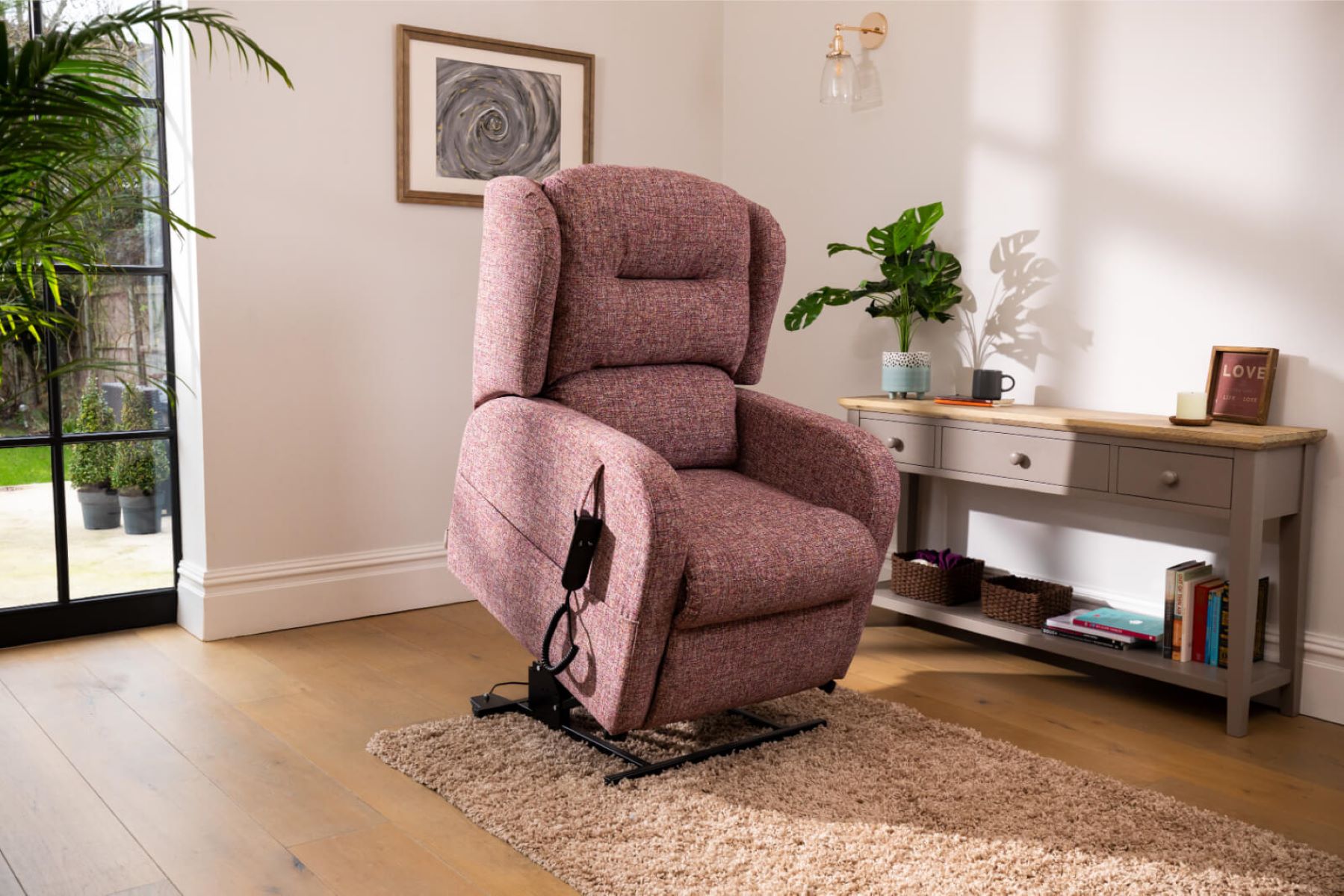

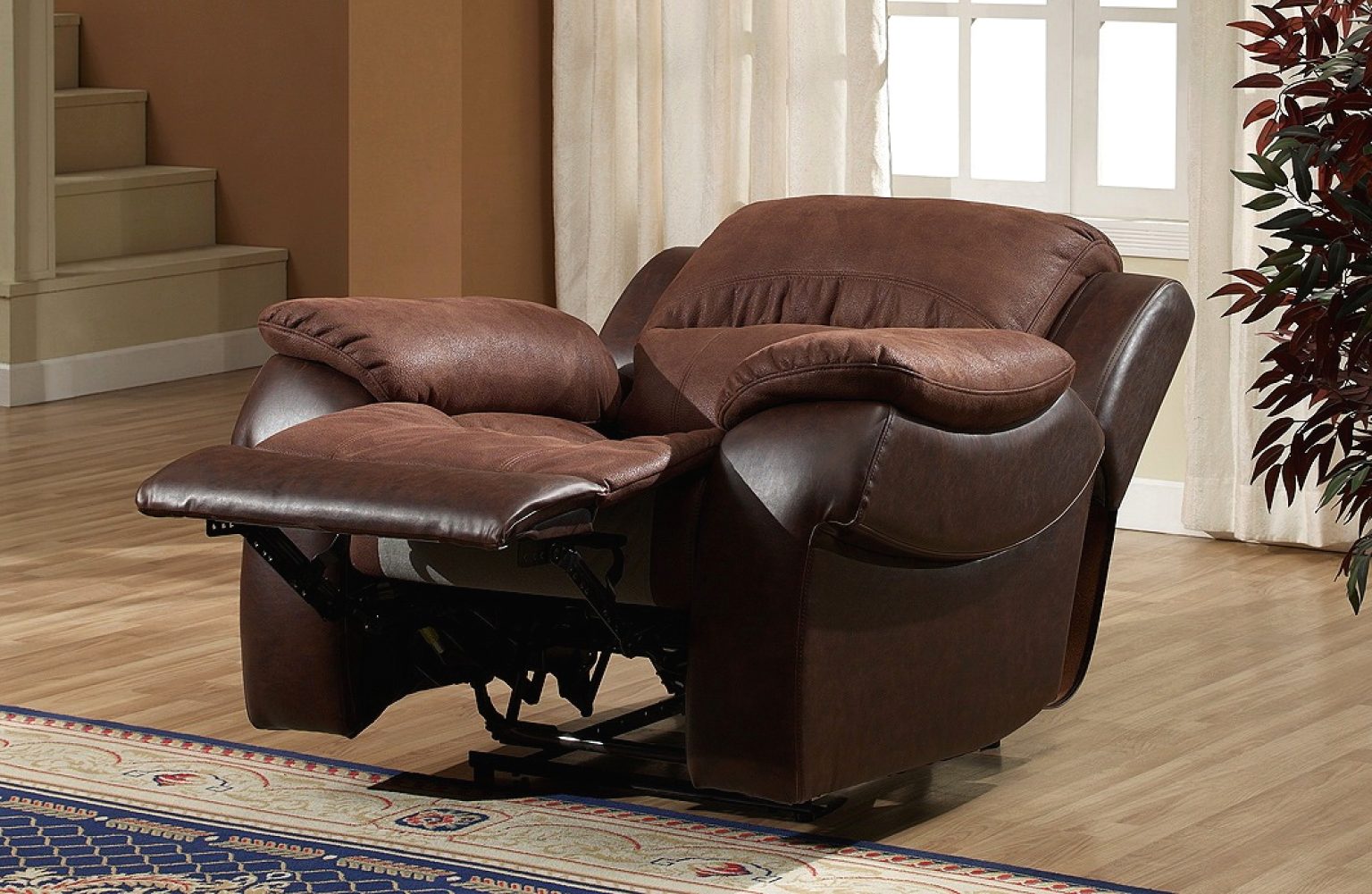
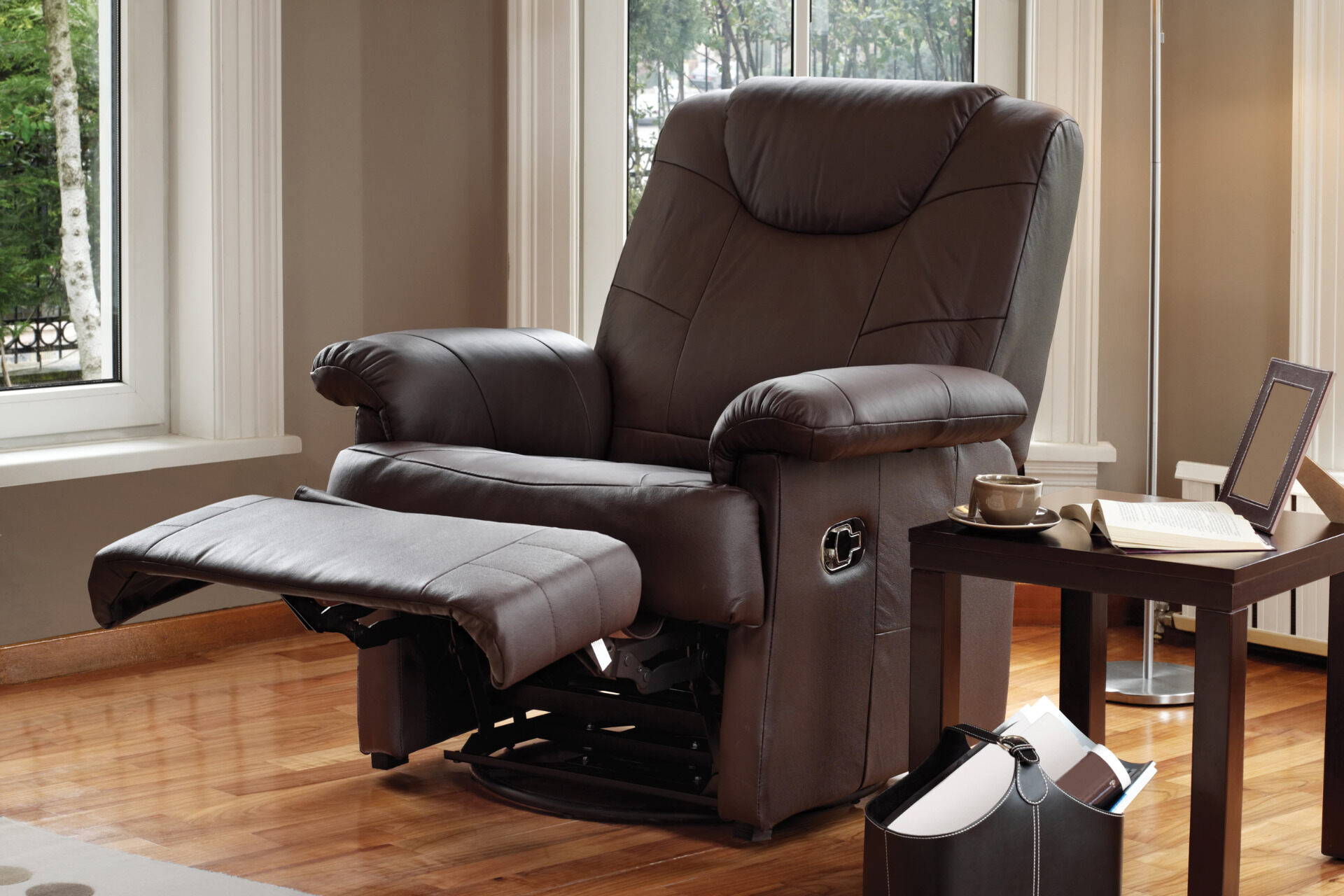
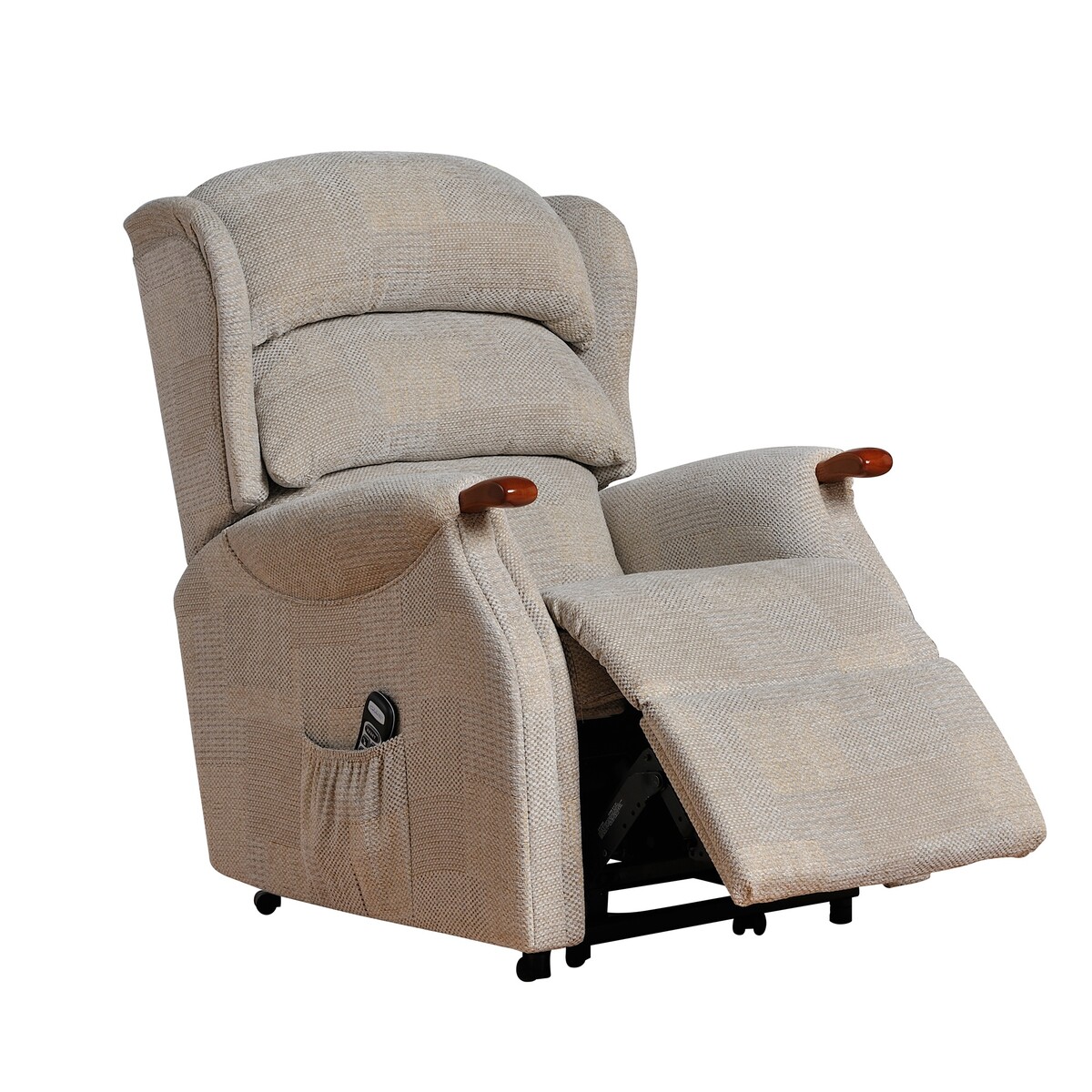
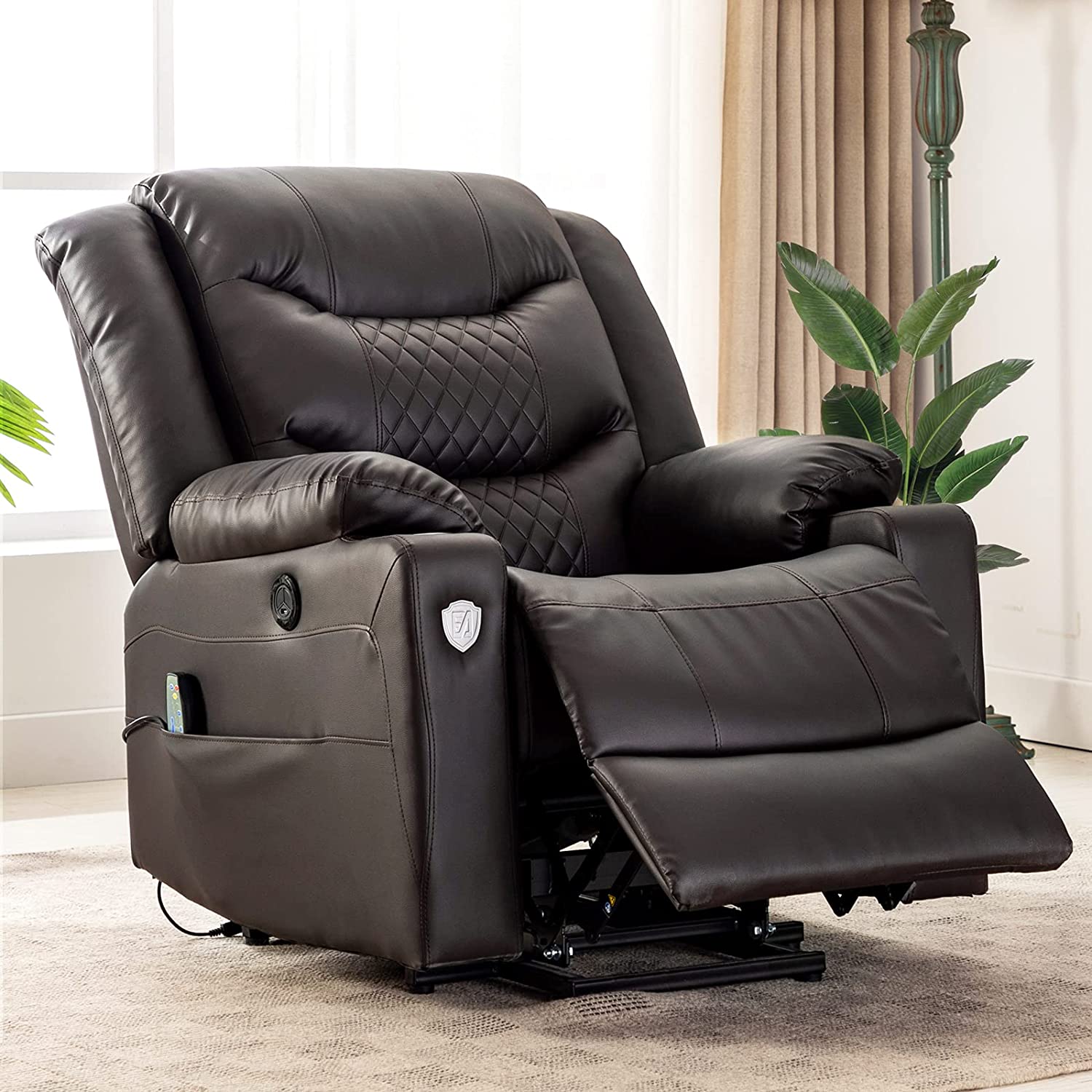
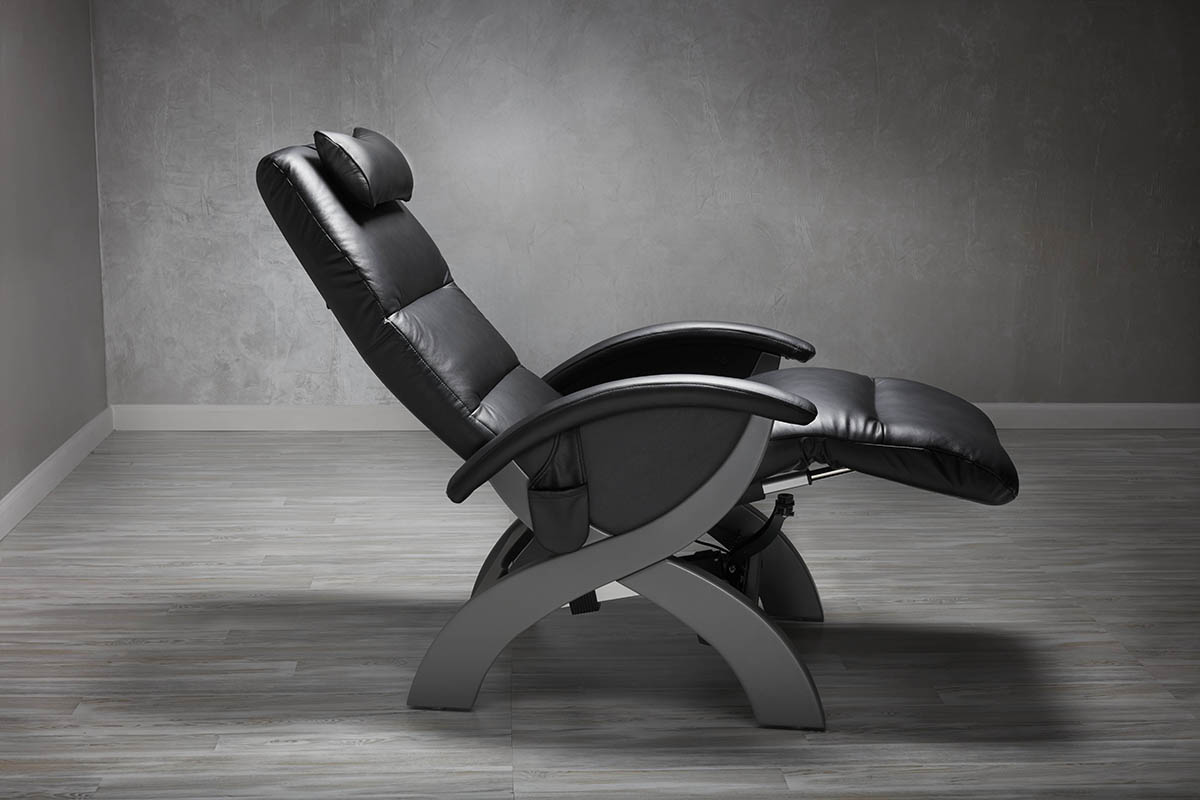
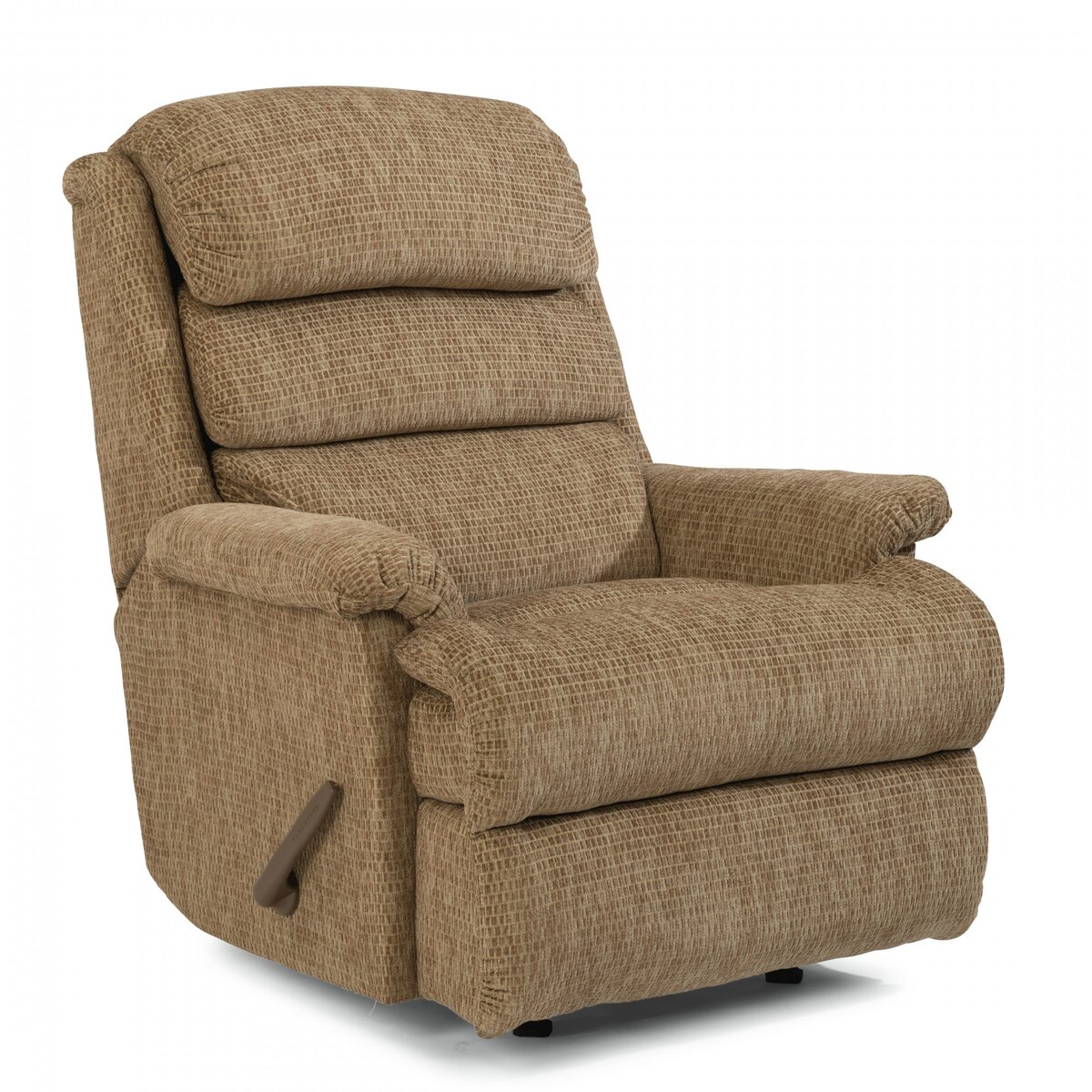
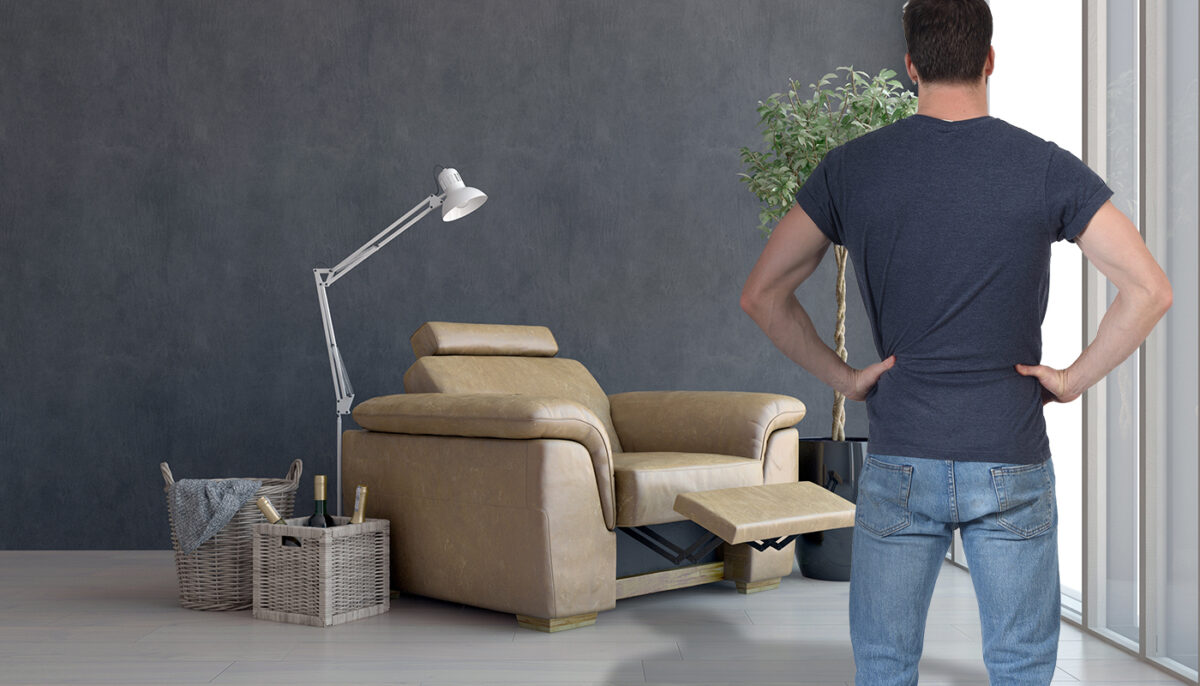
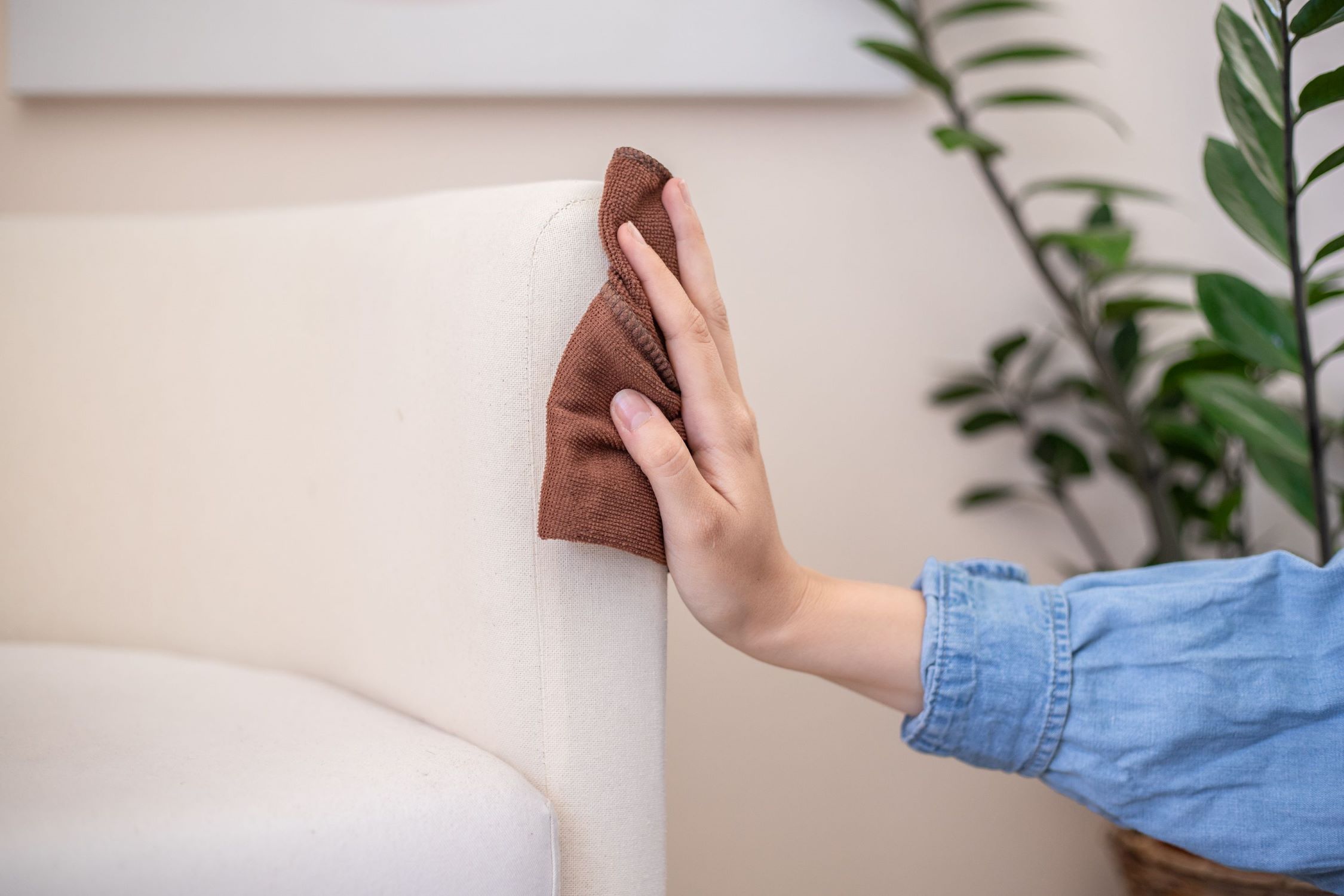
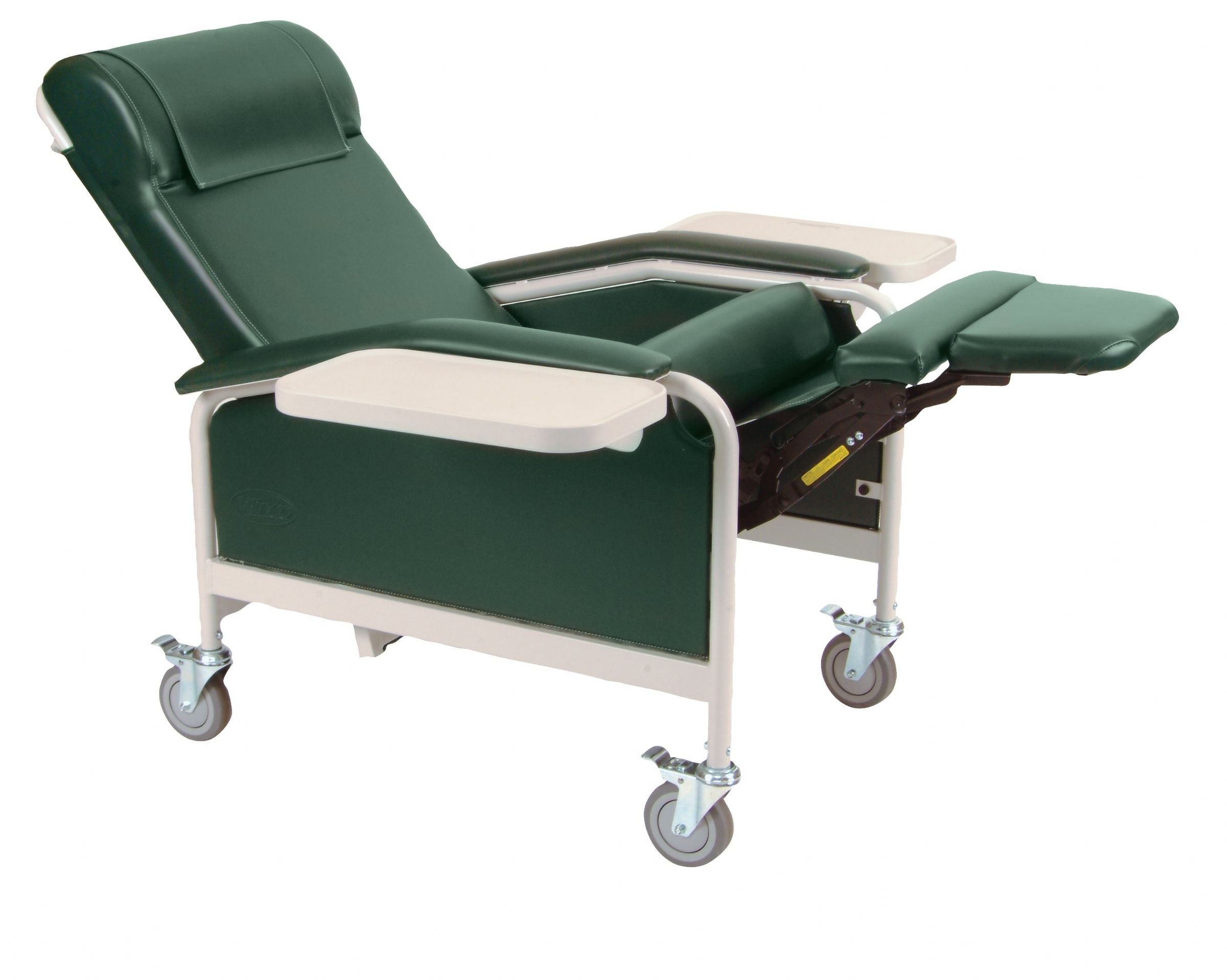
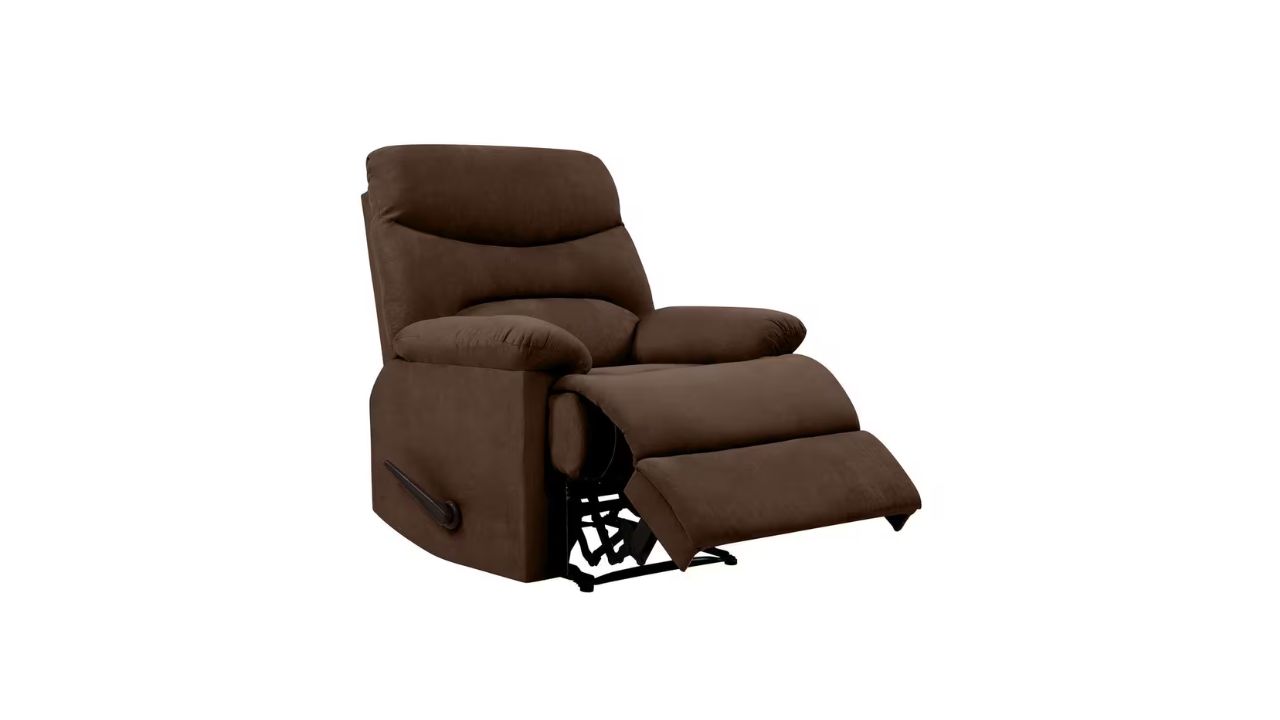
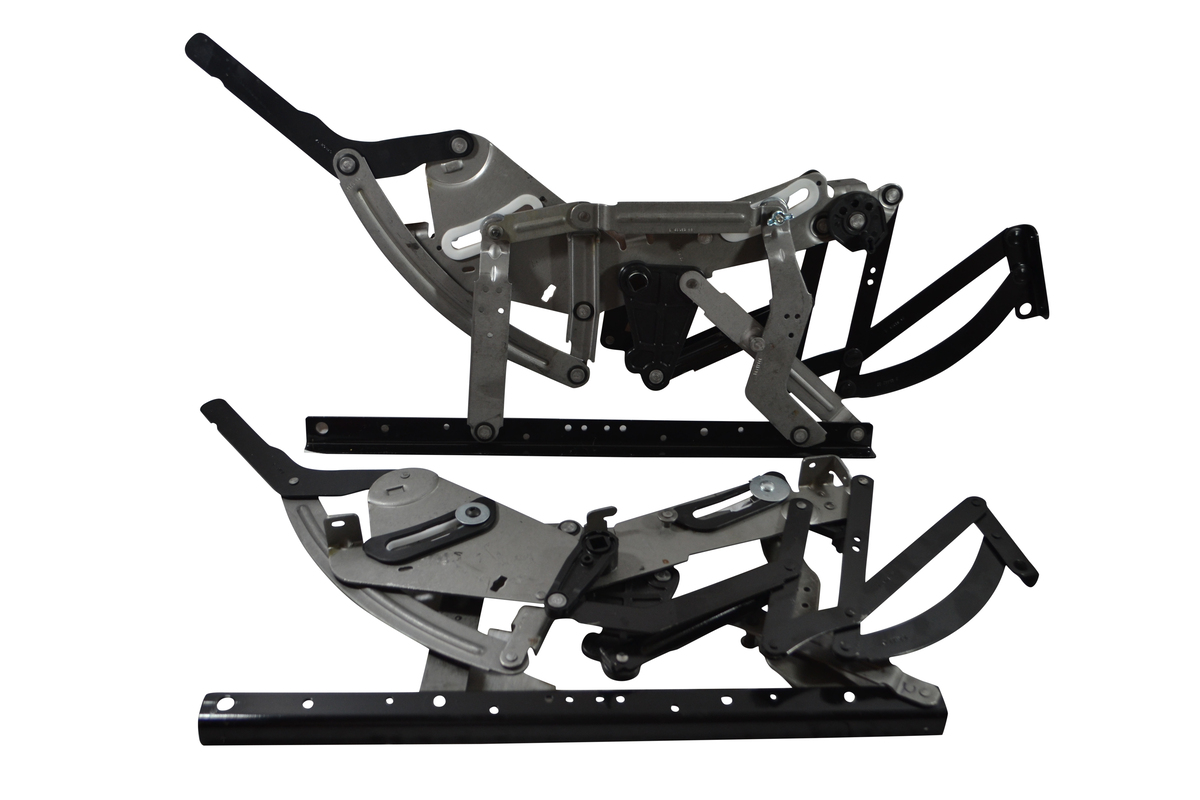

0 thoughts on “How To Close Recliner Chair”